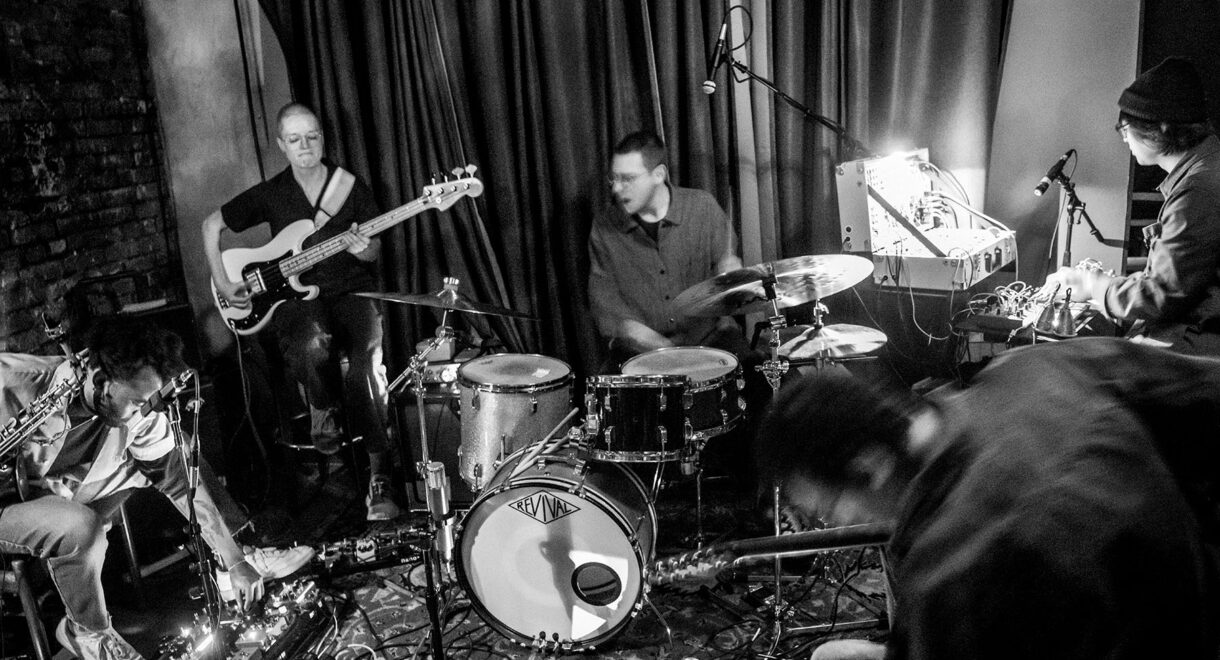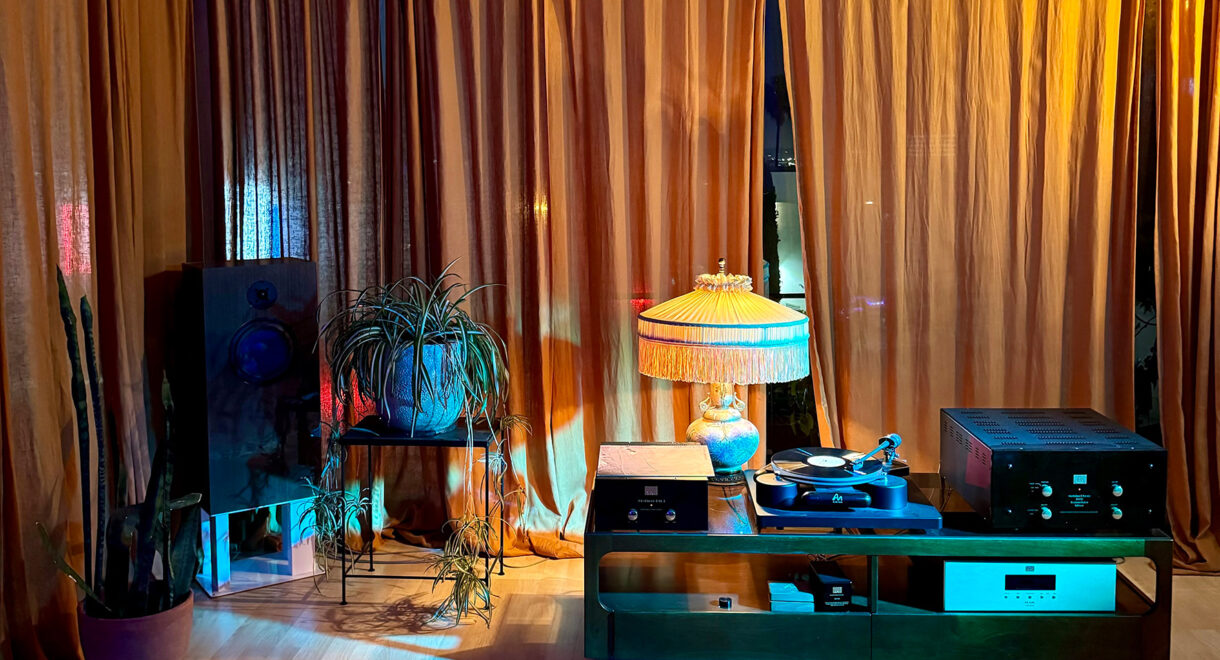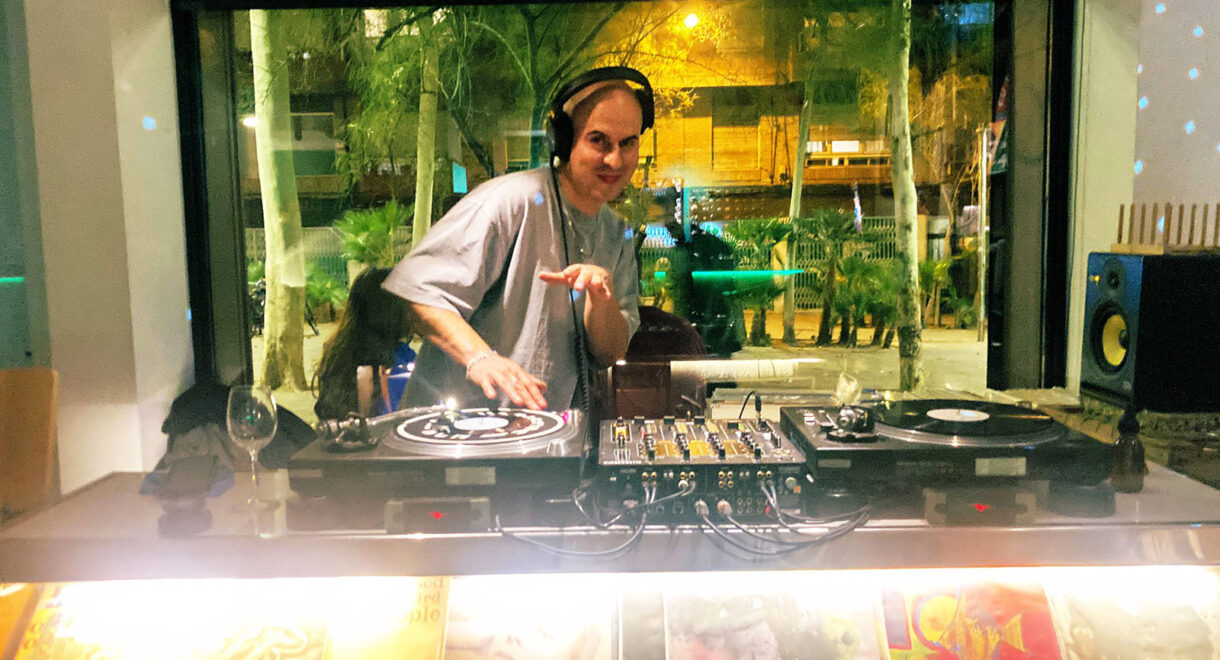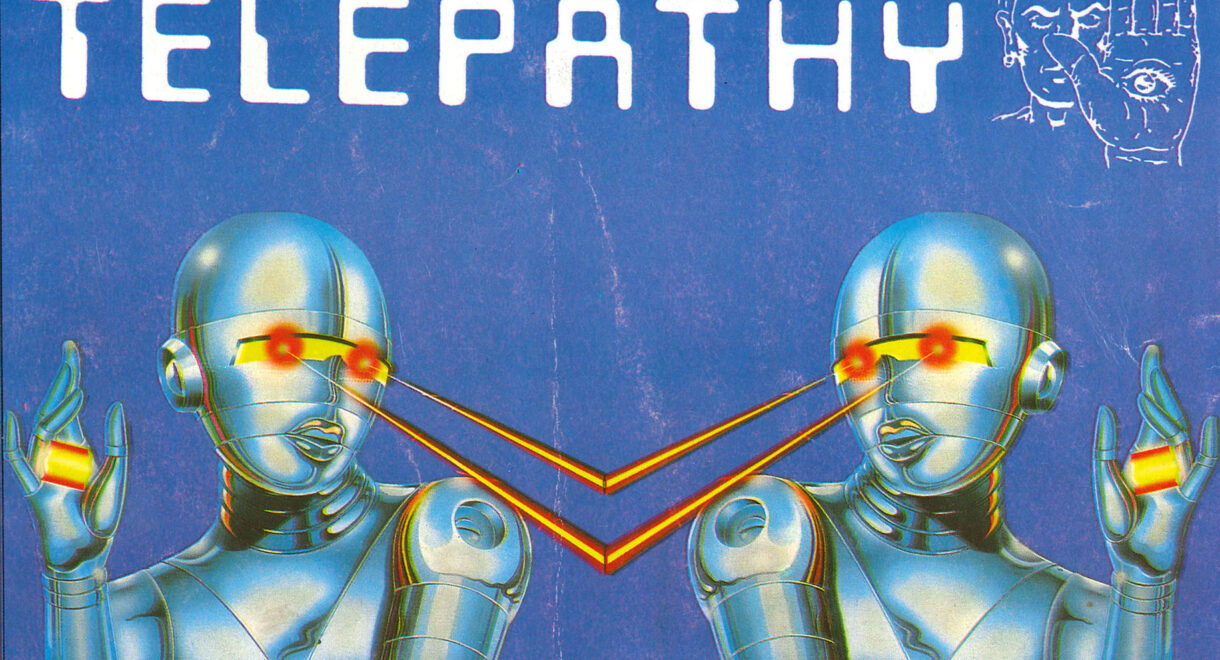In conversation with Small Medium Large, a new quintet from the burgeoning new West Coast jazz & improvised music scene. In 2018, LA-based jazz and post-rock guitarist Jeff […]
Heroes Series #1: Stormchasing with Pecos Hank

Derek Piotr interviews storm chaser / musician Hank Schyma aka Pecos Hank.
For anyone with even a casual interest in extreme weather, Pecos Hank should be a household name. Hank Schyma of the Southern Backtones began chasing storms with the goal of seeing his first ever (just one!) tornado, and has since evolved into one of the top storm chasers in the literal field. His videos number views in the millions, and he documents everything from tornadoes to derechos to the annoles in his backyard; his travels have taken him to places as diverse as Arizona, Thailand and Texas.
Hank has been playing music for more than twenty years; his tango of nature and music had him as one of my top picks to kick off my “Heroes Series” – a collection of conversations with artists I most deeply admire.
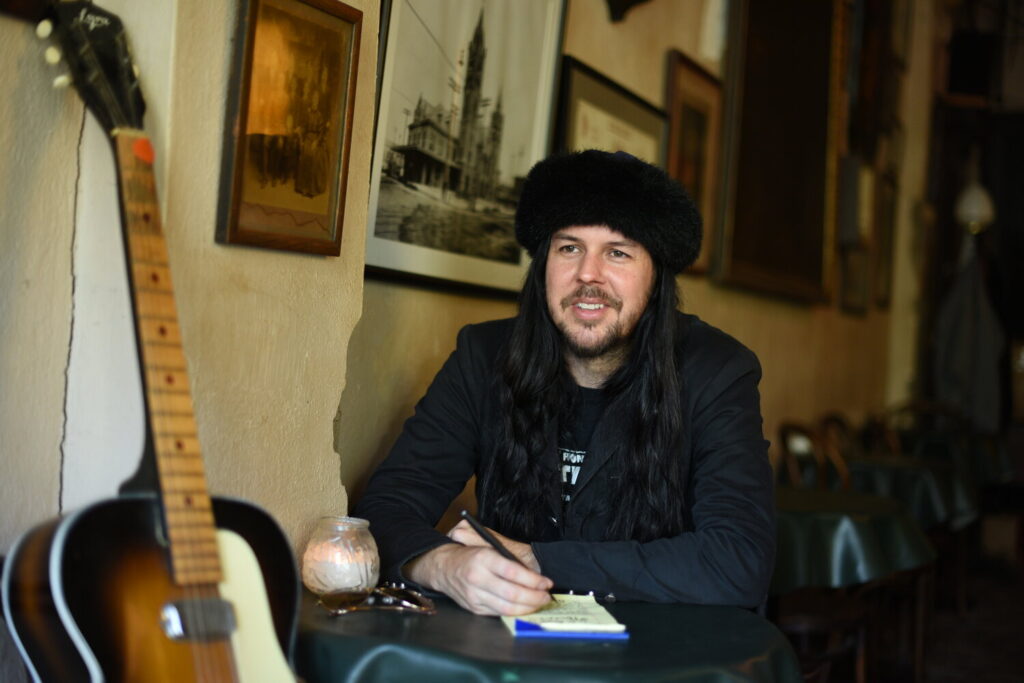
Derek Piotr: You split your time between an extremely busy chasing/editing/analyzing schedule on the storm chaser side of things, and a musical career. It's my understanding that before you were attracting viewers in the millions for your YouTube-centric career as a storm chaser you were a professional musician, and had a band at one point. Can you map your journey from musician to chaser, and can you outline the role music continues to play in your life? I feel similar in that I have folkloric/research/family obligations that pull me away in my day-to-day but music remains a little untouched constant, a niche away from the workaday clutter. Is that a similar feeling for you?
Hank Schyma: Yes, I divide a high majority of my time to music and storm chasing. I committed to pursuing a life as a musician since my mid teens and started saving money at age 16 to move to Los Angeles… A place I thought you had to live to be “discovered.” After high school me and a buddy moved to LA and instead of becoming a rock star, I delivered pizza and surfed everyday. The natural world is probably my first true love. With my first film camera I began archiving all the reptiles and whatnot I found in photo albums. Storms were extremely fascinating as well and as long as I can remember I dreamed of observing and documenting a tornado. There is a lot of lightning in Houston where I’m from and I can recall recording thunder on cassette tapes from my garage during big storms.
So it sounds like even with your early interest in storms and the natural world, you were still interested in working with the sonics first. You’re now widely known as a storm chaser; when did this take center stage for you?
As soon as I got my drivers license and first car, a 1968 Ford Mustang, I pursued capturing lightning on film. Val Verde county in west Texas is a place where my love for exotic reptiles and monster storms overlap. I spent as many summers cataloging reptiles, birds, amphibians and lightning bolts near the mouth of the Pecos River. The domain of my reptile and storm pursuits then expanded to Arizona for the August Monsoons and finally in 1999 I wandered the Great Plains in search of my first tornado. On May 7th, 2002 the life-long dream finally materialized with the documentation of two large tornadoes near Pratt Kansas. Two news affiliates, one in OKC and another in Houston licensed my storm footage for $50.
Your music has evolved from a band dynamic into more of a solo focus. A lot of musicians (from Justin Vernon to Björk) have gone down this distillation process. What does this feel like for you? Does it offer more control over the final output? Do you feel it allows you to indulge in the material more deeply?
Storm chasing always came second to my psychobilly / indie punk band Southern Backtones. We played as many as 100 shows on our busiest years coast to coast and enjoyed modest success with my songs scored in Hollywood movies, TV shows and MTV2, to brag about a few. If there was ever a gap in our spring and summer schedule, I chased storms but was always absent the days of the big photogenic tornado outbreaks. In 2013 I decided to swap priorities during the storm season and go all in on chasing. No more music from April 1 to the end of June. Today I still play live music, though the pandemic killed 90% of it. I’m hoping to record my 6th full length album this fall and take those tunes back on the road.
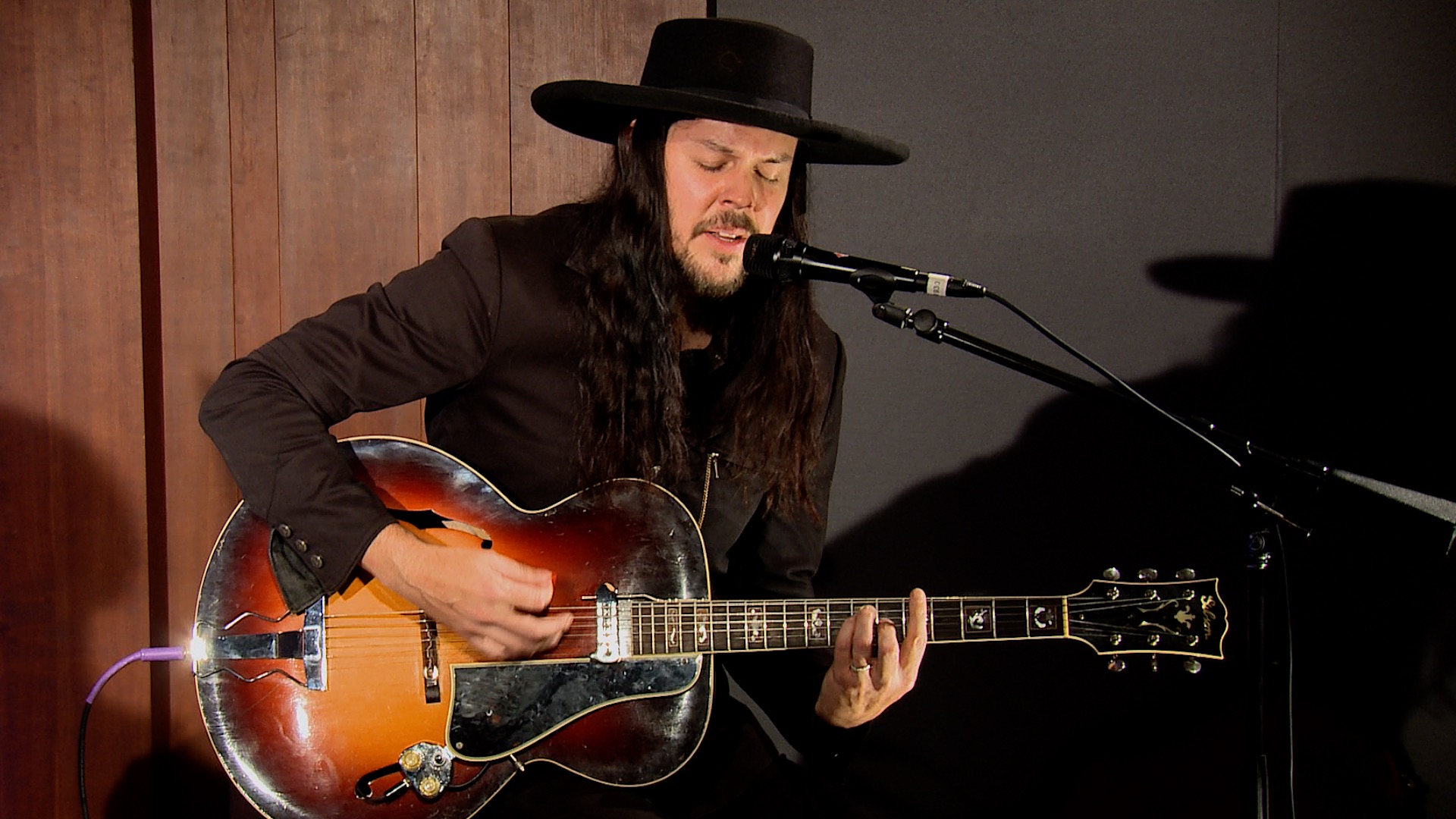
Is there anything about your musical history you’d like to add? What do you think defines your role as a musician?
I’ve been playing music with our drummer Todd Sommer since 2002, but with every member you lose or gain the sound changes drastically, especially when you’re just a power trio. I play guitar and sing. That, along with getting burned out on the same songs and music philosophy over and over every night, sets the stage for the craving for change. I do not want to make the same album twice. Hence, our music has gone from psychobilly surf punk to cinematic Indie rock to rootsie gypsy jazz. Through it all, the Tex-Mex and dark surf twangy guitars have been present.
Derek Piotr is a folklorist, researcher and performer whose work focuses primarily on the human voice. His work covers practices including fieldwork, vocal performance, preservation and autoethnography; and is primarily concerned with tenderness, fragility, beauty and brutality. He has collaborated with artists including Scott Solter, Bobby McMillon and Thomas Brinkmann across various disciplines. His work has been supported by the North Carolina Folklife Institute, The Traditional Song Forum and The Danbury Cultural Commission, and has featured on Death Is Not The End and BBC.
Hank Schyma, also known as Pecos Hank, is a musician, songwriter, filmmaker and professional storm chaser based in Houston, Texas. He has fronted the rock group Southern Backtones for over fifteen years. During the same period, he has directed, produced and starred in a full-length independent film, several music videos, and a catalog of storm and nature documentation. He served as storm consultant on a major motion picture, and is credited with the discovery of a Transient Luminous Event called a “Ghost”.




